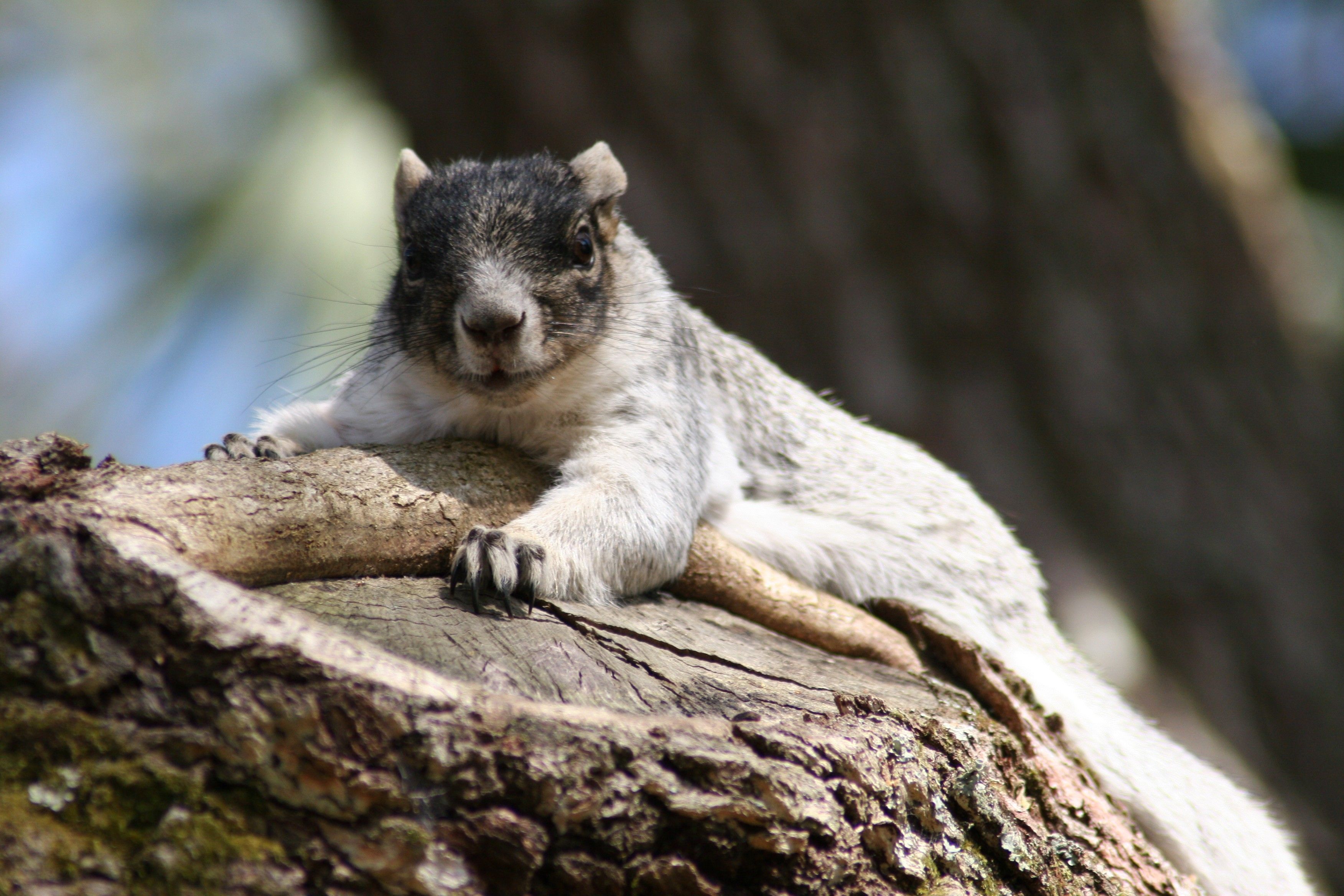Research and Conservation
Fox Squirrels
Fox Squirrels have been heavily studied on Spring Island to asses population density, determine habitat usage, and better understand foraging habits of the species. Dr. Karl Miller (UGA), along with some of his students, found that Spring Island’s fox squirrel population had the highest recorded density of any population reported in the Southeast. Their study concluded that fox squirrel populations can thrive in forests with residential development when cover and food resources are abundant and sustainable. Fox squirrels preferred open to moderately open forests consisting of hardwood, live oak, and mixed hardwood-pine stands on Spring Island, which is different from the typical pine-dominated southeastern fox squirrel habitat.
Graduate student Katelyn Amspacher began her two-year study on fox squirrel populations at Spring Island and two other locations in summer 2016. Funding for this project was provided by Marshall University, Nemours Foundation, and LCI. Kate placed 20 trail cameras with corn and pecan bait piles in various habitat types across the island. Her results, based on looking at over 10,000 photographs, indicated that the Spring Island fox squirrel population continues to be healthy and is comparable to density estimates from other healthy populations in the same region. She concludes that fox squirrels and Eastern gray squirrels are able to coexist on Spring Island due to continued use of prescribed fire in the nature preserves.
Her methodology provides continued baseline data and can be used by Trust staff and other scientists to conduct future surveys allowing for long term monitoring of the Spring Island fox squirrel population.

Copyright © Spring Island Trust
40 Mobley Oaks Ln. · Okatie, SC 29909 · 843-987-7008
Site by Sans Sheriff Studio


